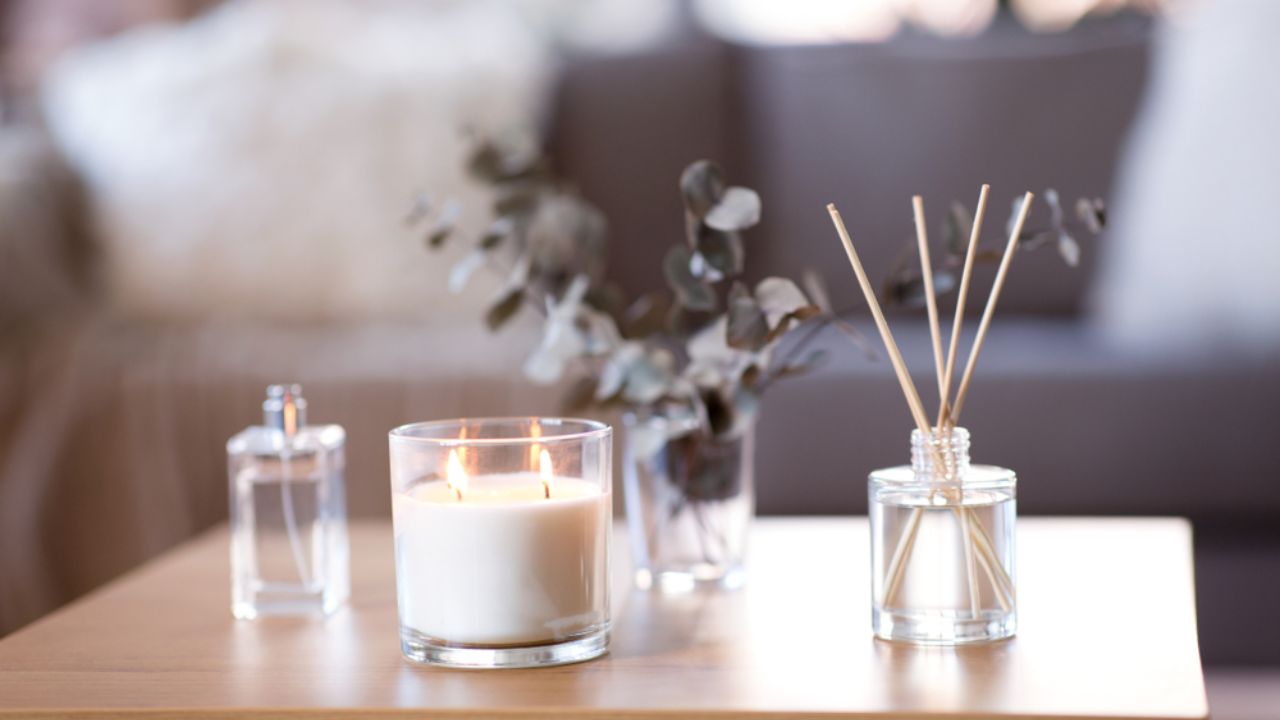Scents function as essential elements which determine how a house feels. The correct fragrance choice will both stir emotions and promote relaxation and establish a comfortable environment. Each room requires a specific incense define selection which must match its purpose and emotional atmosphere and individual taste. Knowledge about fragrance’s effects on emotions enables people to create homes that become peaceful sanctuaries.
Understanding Fragrance Families
People need to understand different families’ fragrances before selecting a scent for their room. The different scent categories generate unique emotional responses within spatial environments. Rooms acquire a sophisticated, elegant appearance with floral scents consisting of rose jasmine and lavender. The family of woody scents contains sandalwood cedar and patchouli, which produce a deep, warm aroma. These scents generate a comfortable and elegant environment. The pleasant aromas evoke baked goods and homemade meals, so they work wonderfully to establish a comforting environment. The distinctive features of scent families guide decisions about which areas to utilize in residential or other settings.
Living Room: Creating a Welcoming Ambiance
A living room fragrance needs to welcome everyone while remaining pleasant to all visitors because this space functions as the main family and guest meeting area. The combination of vanilla and, amber and sandalwood scents will establish a comforting atmosphere. The space receives a fresh and open appearance through scents that use citrus notes, green tea, or light floral essences. A living room fragrance should be noticeable but avoid overwhelming the atmosphere due to its frequent use by visitors and family members.
Bedroom: Promoting Relaxation and Sleep
The bedroom functions as a restful haven so using calming fragrances represents the best choice. The soothing properties of lavender assist people in achieving restful sleep. The calming scent of flowers and herbs helps people decrease their anxiety and stress levels to establish a peaceful environment before sleeping. Essential oils and reed diffusers featuring natural scents function as ideal options for maintaining soft and delicate fragrance enjoyment.
Kitchen: Enhancing Freshness and Cleanliness
The kitchen needs scents that eliminate cooking odors yet preserve a clean and fresh atmosphere. Lemon-lime and orange scents together make an effective odor eliminator that simultaneously energizes the environment. Food flavors receive enhancement from basil, rosemary, and mint scents, which also produce a revitalizing effect in kitchen areas. Strong scents that include excessive sweetness produce odor interference, which makes them inappropriate for kitchen use.
Choosing the Right Application Method
Fragrance duration and strength depend on how people apply the scent to their bodies. Candles offer a warm scent environment through their burning, while reed diffusers maintain a consistent fragrance without regular maintenance. Essential oil diffusers deliver effective scent distribution, which works best for relaxation purposes and therapeutic needs. The fresh scent delivered by room sprays requires constant reapplication because their effects do not last long. The selection of suitable scent delivery methods across different rooms will create an optimal scent experience.
Conclusion
Each room requires a home fragrance selection that harmonizes function with mood and individual taste. People who understand how different scent families affect emotions can create welcoming environments through scent selection. The correct fragrance selection becomes essential because it improves both comfort and ambiance throughout every room by using relaxing lavender in bedrooms, energizing citrus in kitchens, and grounding woody scents in offices.
